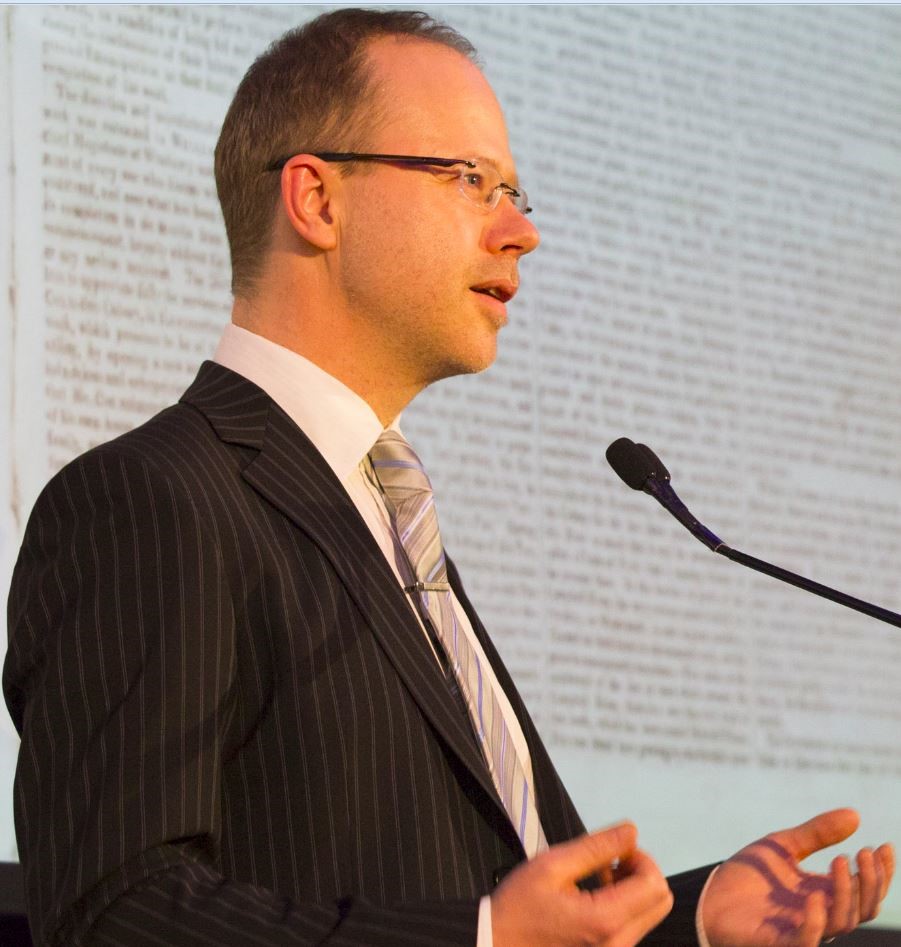May 2008
The Archives
-
Communication and Media Studies, Cultural Studies, e-Research, Life Writing
Pixelated Memory
25.05.08 | Permalink | Comments Off on Pixelated MemoryWar memorials are the most familiar and visible means of acknowledging and respecting the trauma of large scale, violent conflict. In practically every town in Australia, however small, monuments to war are found. These are haunting, poignant reminders of the brutality of war and the fragility of life. And yet, their reassuring solidity and prominence shields us from the reality of lost lives and suffering by casting war in terms of abstract and stylised notions of heroism, loyalty, sacrifice and glory. While it is usual for the names of the dead to be listed on these monuments, their individual suffering is blended, ritualised and distanced in a symbolic and generalised tribute. It is not surprising then that there has always been an awkward fit between the public statements made by these monuments and the personal stories told by individuals who returned.






